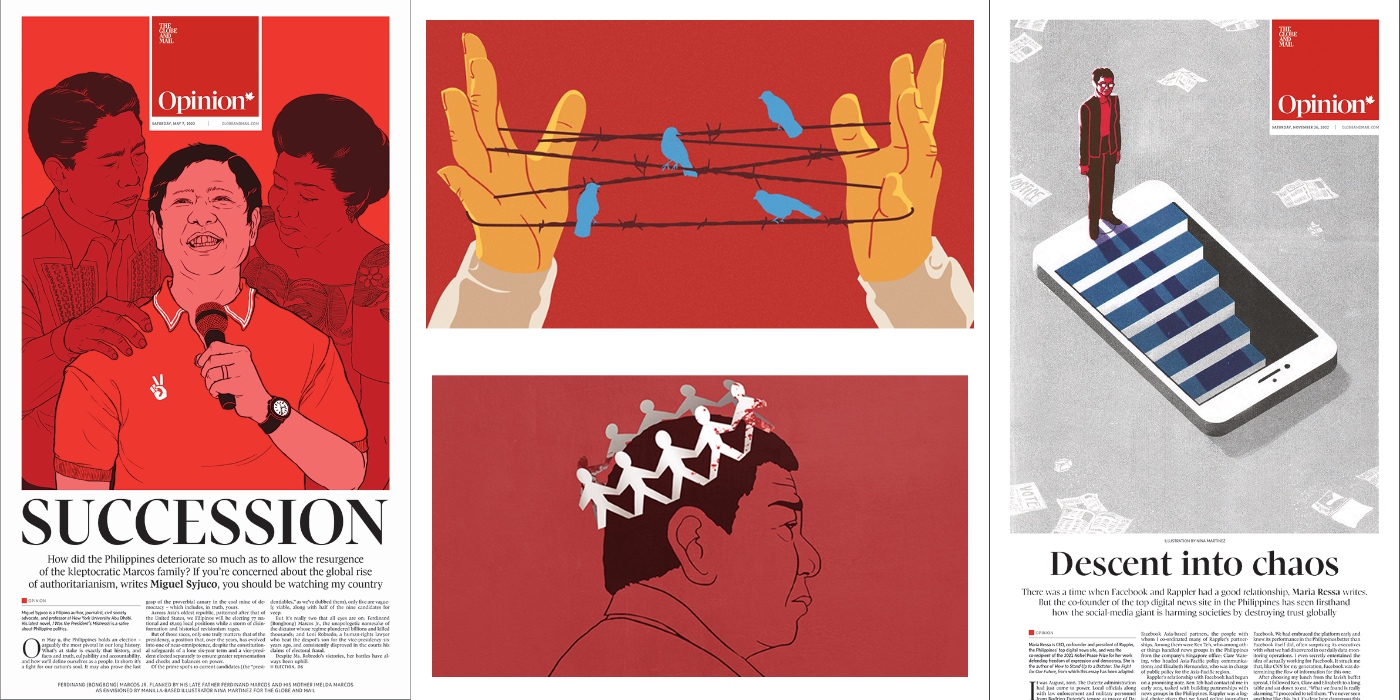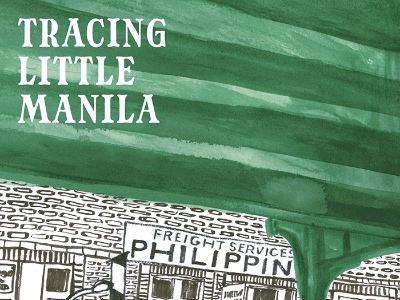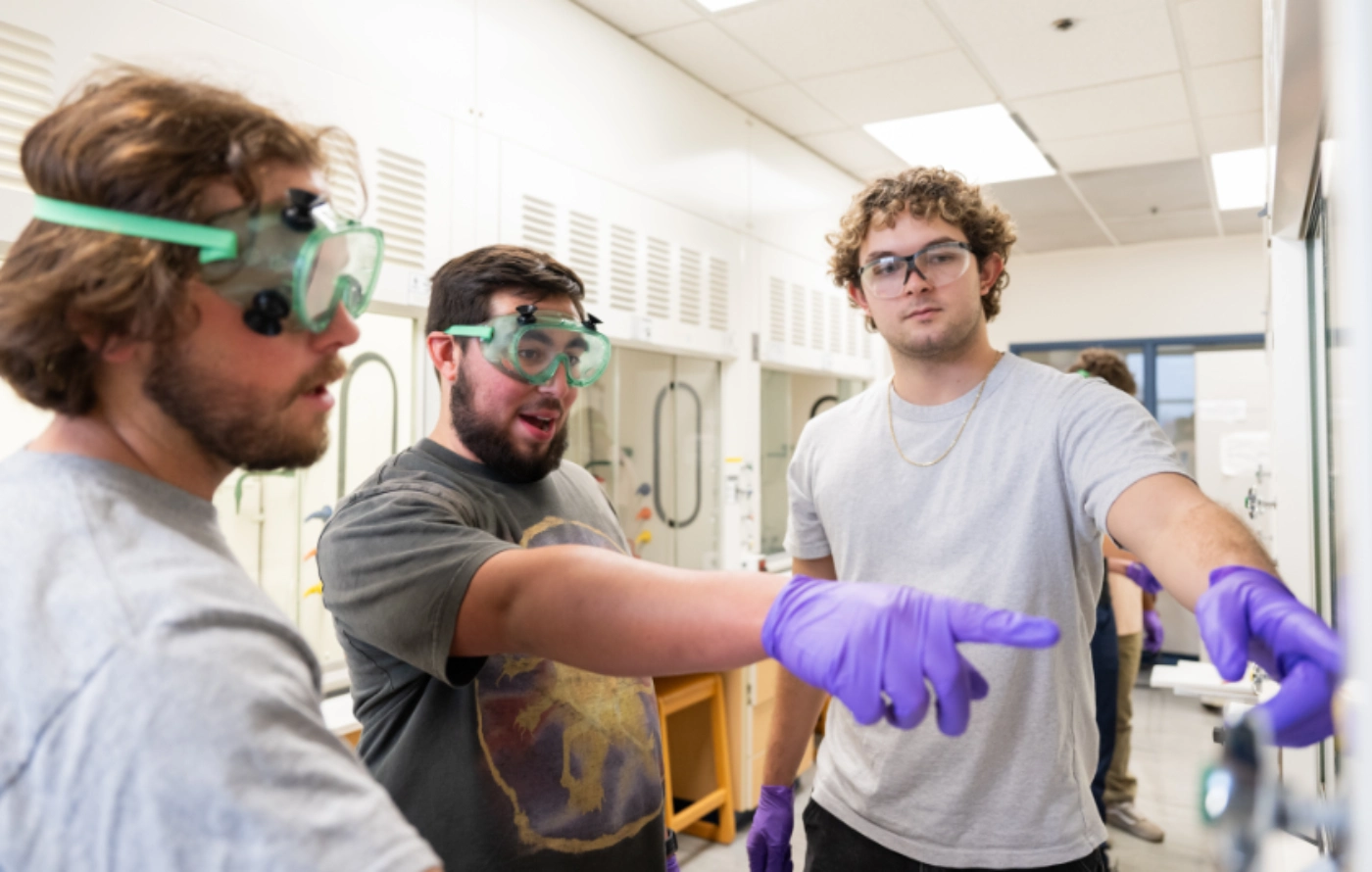![]() Art is expression. Art is inspiration. Art is also activism. Nina Martinez, Visiting Assistant Professor of Illustration at Willamette University’s Pacific Northwest College of Art empowers her students to become socially engaged artist-activists through political illustrations and posters. In Martinez’s “Word and Image” course, students create illustrations to accompany a political editorial opinion article as well as a visually compelling poster for a cause of their choosing called the “Manifesto Project.”
Art is expression. Art is inspiration. Art is also activism. Nina Martinez, Visiting Assistant Professor of Illustration at Willamette University’s Pacific Northwest College of Art empowers her students to become socially engaged artist-activists through political illustrations and posters. In Martinez’s “Word and Image” course, students create illustrations to accompany a political editorial opinion article as well as a visually compelling poster for a cause of their choosing called the “Manifesto Project.”
The editorial illustration assignment is inspired directly by Martinez’s experience as a political cartoonist. “I’m giving students a range of articles with different viewpoints to respond to, and they have to figure out a way to effectively translate these complex sociopolitical issues in a digestible way that gives even more substance to the piece,” she said.
Taking something complex and making it easy to understand is a delicate balancing act that requires a lot of skill — one she honed firsthand as a journalist and artist covering the regime of Rodrigo Duterte in her native Philippines. “It was scary to be a journalist at the time,” she says, but Martinez found a way to use her art to make difficult topics like police brutality vivid for a wide audience.
“I came out of that experience realizing that visual art is an easy language to understand across communities,” she said. “Even those who may not be tapped into Philippine politics can see an illustration and understand the more abstract parts of our experience.”
Martinez’s course also explores how political posters across different movements throughout history — such as Emory Douglas’ work for the Black Panther Party — have visually communicated beliefs. Students seek to answer the question, “How do illustrations invigorate people into deciding their cause is worth supporting?” Students answer this by expressing what they personally believe in, and then considering how those beliefs can be translated into images — and action.
“It can be tempting to be passive when it comes to politics,” Martinez said. “But I’m hoping this class helps students realize they have a voice, in a literal and visual sense — and both are worth using.”




